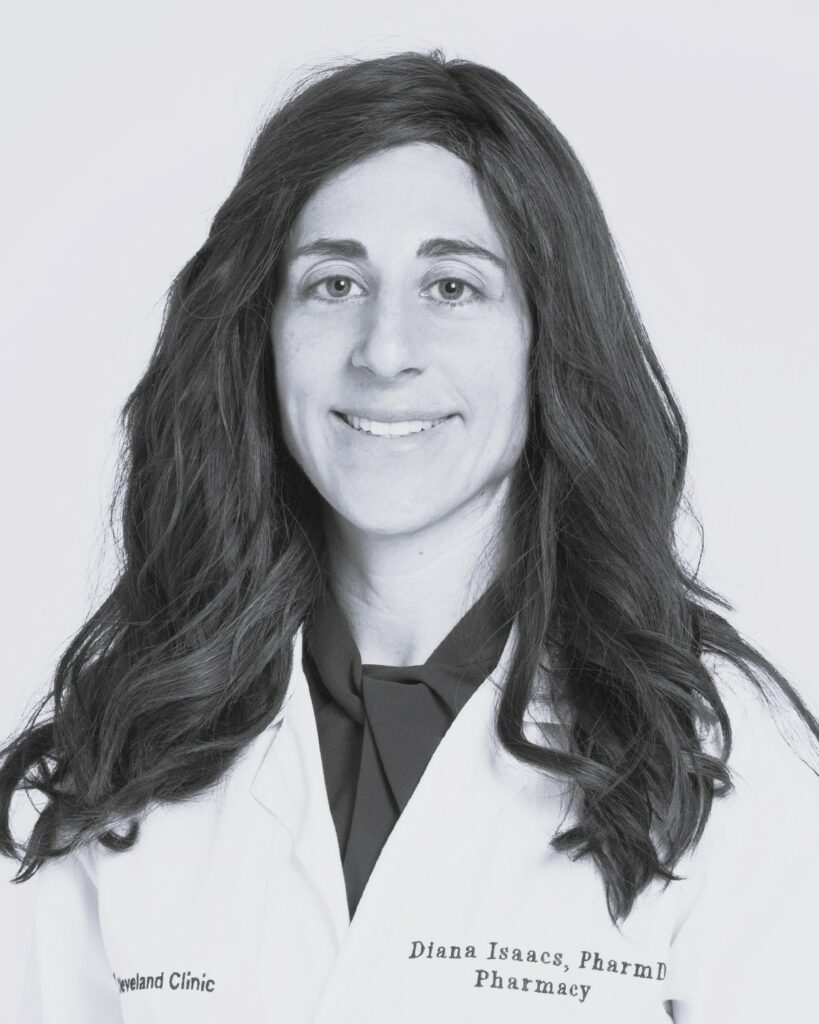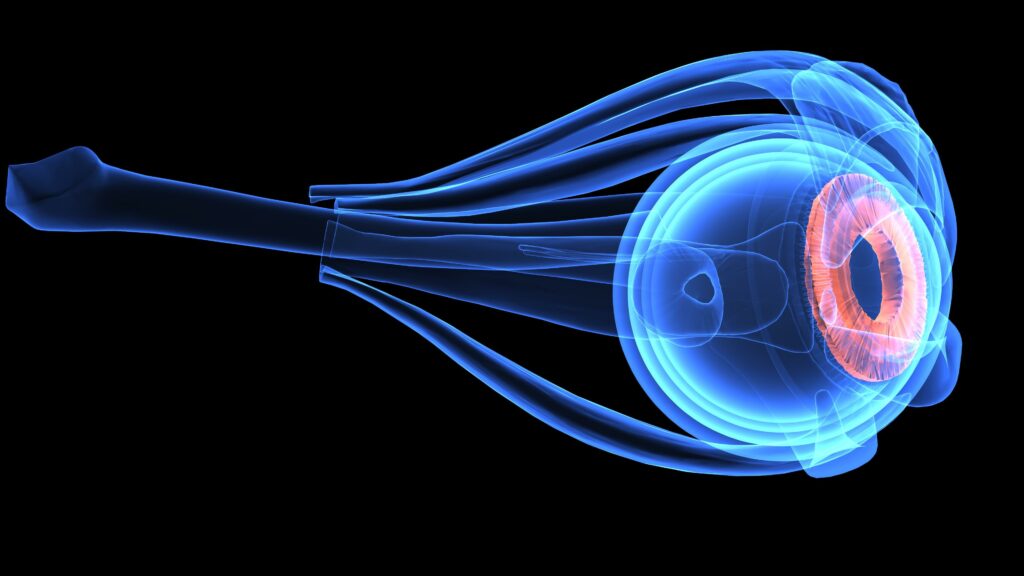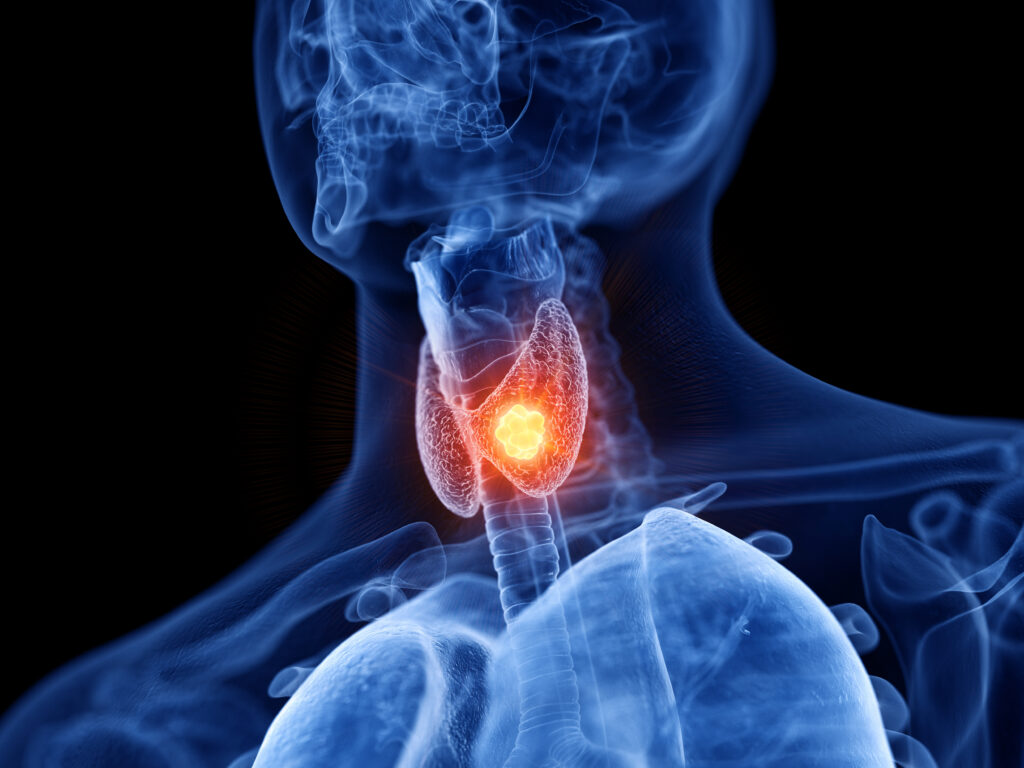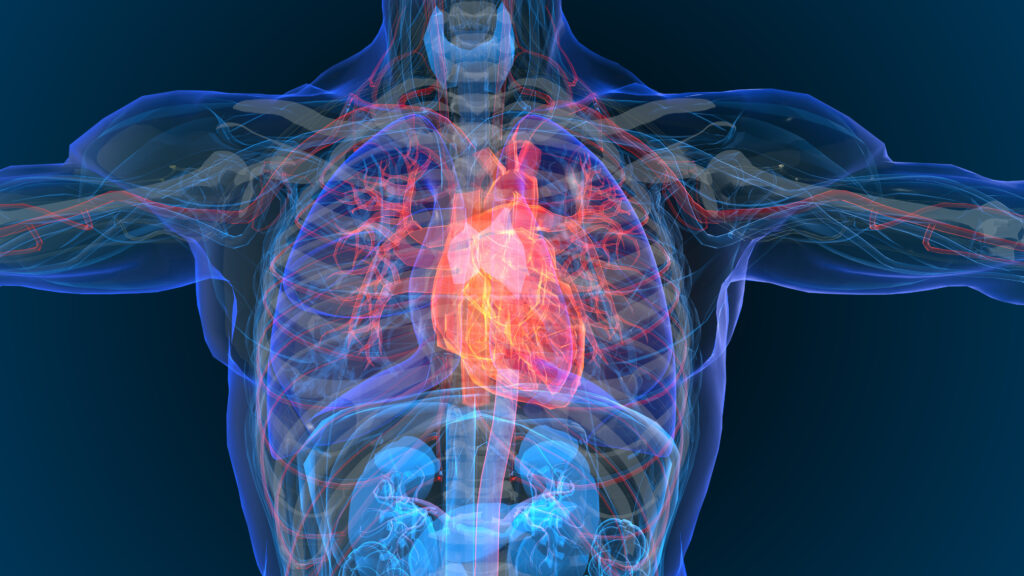Congenital hypothyroidism (CH) is one of the most common preventable causes of mental retardation. Obvious manifestations of hypothyroidism are not typically present at birth, meaning that clinical diagnosis is usually delayed until 3 months of age or older. Unfortunately, by the time the diagnosis is suspected, the effects of thyroid deficiency on the developing brain are irreversible. A study from Pittsburgh Children’s Hospital in 1972 reported that infants diagnosed between birth and 3 months of age had a mean IQ of 89 (range 64–107). However, if clinical diagnosis was made between 3 and 6 months of age, the mean IQ dropped to 71 (range 35–96), whilst in cases where diagnosis was delayed to beyond 6 months of age, the mean IQ was 54 (range 25–80).1
With recognition of the importance of early diagnosis and treatment, pilot programs to detect CH were undertaken in the mid-1970s.2 Early on, most newborn screening (NBS) programs measured T4 in the heel-prick dried blood spot specimen, with a ‘reflex’ thyroid-stimulating hormone (TSH) determination on babies with a T4 below a specified cutoff, usually <10th percentile. With improvement of TSH assay sensitivity, many programs in the US and worldwide now perform an initial TSH screening test.3 Based on clinical diagnosis, the incidence of CH in the pre-NBS era was reported to be 1:7,000.4 Early in the NBS era, the incidence increased to 1:4,000.5 Changes in the screening algorithm, primarily the lowering of the TSH cutoff, led to an increase in the incidence to 1:2,000.6 Infants with CH detected by NBS have a much improved neurodevelopmental outcome. The New England Congenital Hypothyroidism Collaborative reported a verbal IQ score of 109, a performance IQ of 107, and a full scale IQ of 109 at 6 years of age, which is essentially identical to sibling and classmate controls.7 To estimate the percentage of the world birth population currently undergoing NBS for CH, we undertook an internet search (PubMed, Google, direct email contact) to identify all existing NBS programs worldwide. Out of an annual world birth population of 127 million babies, our search determined that an estimated 37 million newborns (29.3 %) are screened for CH annually.8 There were clear differences by geographic region: Europe screened 84.2 % of their birth population, the Americas 82.3 %, Oceana/Africa 37.8 %, and Asia 24.4 %. Conversely, approximately 90 million babies (70.7 %) are born in a location without an established program, despite the existence of NBS for over 5 decades in developed countries. At an average incidence of 1:3,000, this means that approximately 30,000 babies with CH worldwide are not diagnosed or treated early in life and so are at risk for mental retardation.
Many factors go toward the cost of detecting babies with CH. In the US, the Northwest Regional NBS Program, which undertakes collection of two routine specimens, uses an initial T4-reflex TSH test approach, and covers the cost of consultation with a pediatric endocrinologist, reports a cost of $7.71 per baby tested (Personal communication, David Sesser, US Northwest Regional Newborn Screening Program). At an incidence of 1:2,000, the cost to detect each case is approximately $15,400. Estimates have been made of the economic benefit of early detection and treatment of neonates with CH. Such benefits include averted costs of institutionalization and special education, as well as increased productivity. In 1977, the US Federal General Accounting Office estimated the lifetime costs of an untreated hypothyroid infant at $330,000.9 Adjusted for inflation, the 2014 cost equals $1,296,000. It should be borne in mind, however, that this estimate relates to relatively severe CH cases and applies to developed countries; it would be lower in disadvantaged countries, the ones that lack NBS programs. Nevertheless, the estimated cost:benefit ratio in developed countries ($1,296,000/$15,400) is 84:1. The annual cost of the 30,000 CH cases not identified and treated early by NBS programs approaches $40 billion. Thus, increasing the coverage of newborn screening worldwide remains a significant public health challenge.













